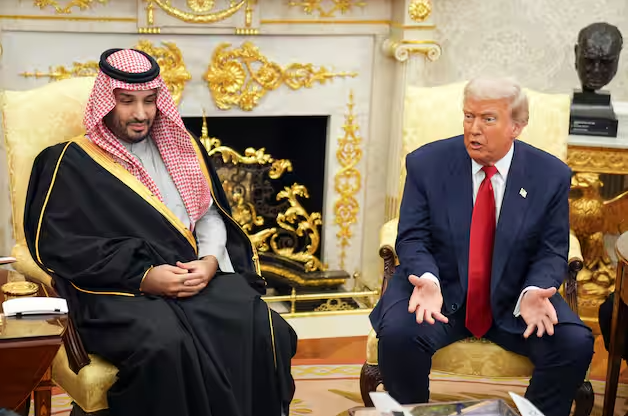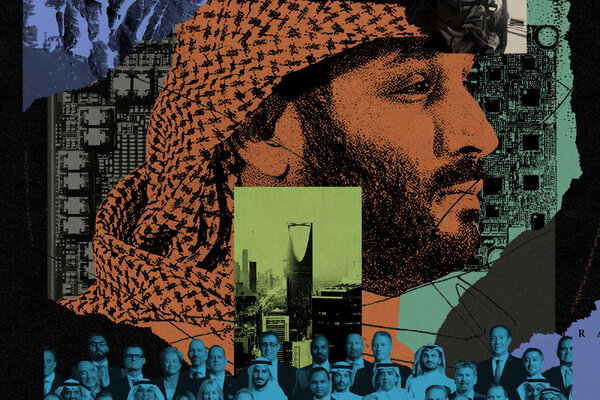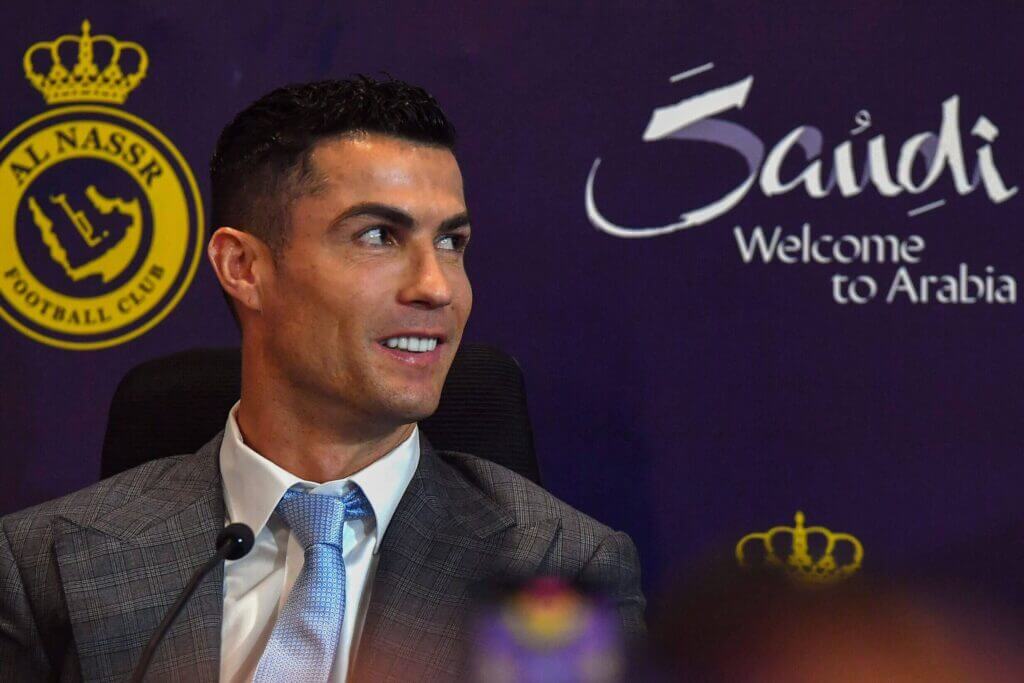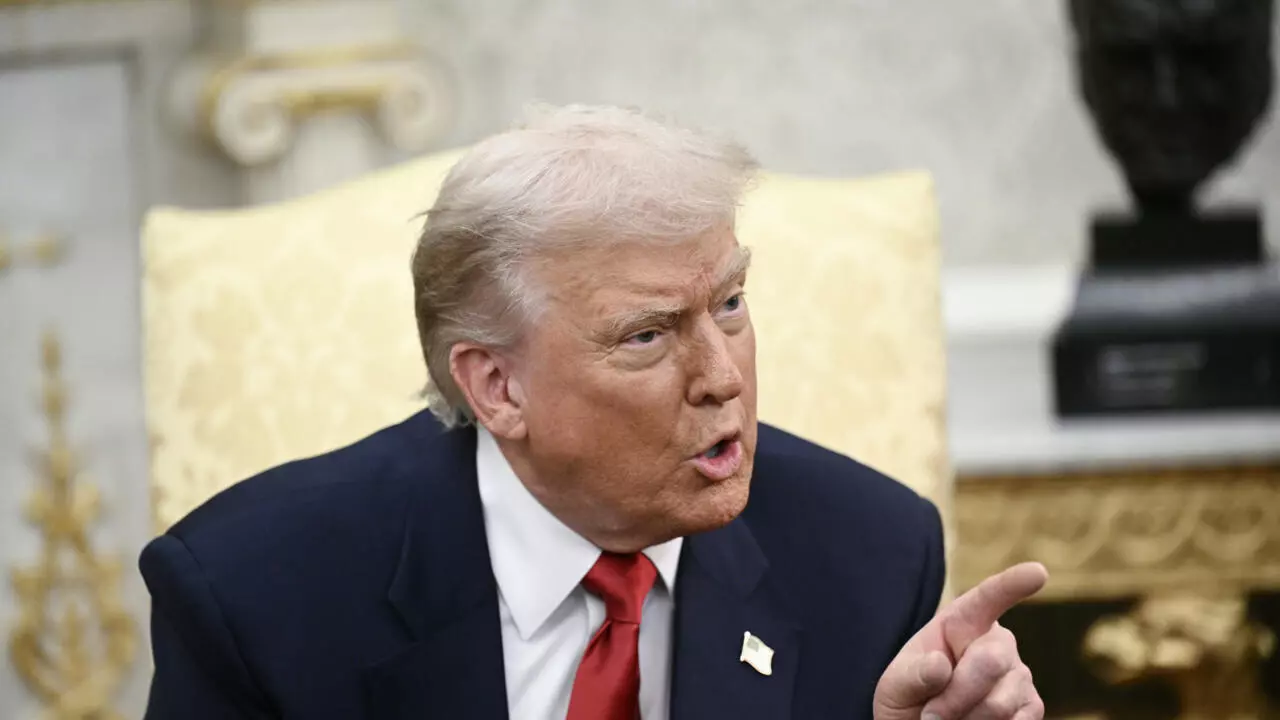
This article is more than
6 year oldSaudi Arabia has almost completed its first nuclear reactor site, satellite images reveal
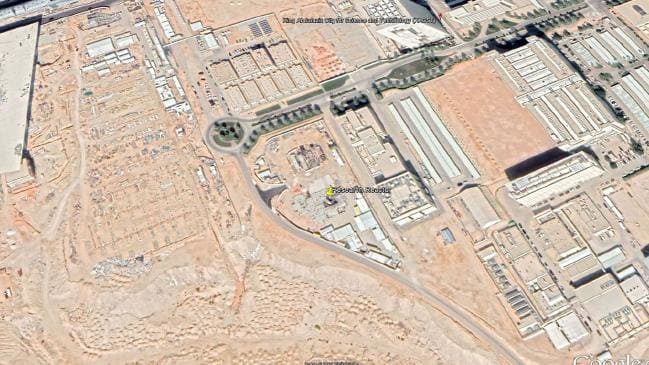
Saudi Arabia has nearly completed construction of its first nuclear reactor, sparking fears about the country’s quest for nuclear power.
New satellite images, first published by Bloomberg, show construction on the building site has made significant process over the past three months.
The three images below show the rapid developments on the site between April 2017 and today.

The images show the construction of a 10-metre high steel vessel, which would contain nuclear fuel, and construction work on the surrounding concrete building.
The facility is located in the southwest corner of the King Abdulaziz City for Science and Technology in Riyadh.
In a statement to Bloomberg, Saudi Arabia’s energy ministry said its purpose was to “engage in strictly peaceful scientific, research, educational and training activities in full compliance with international agreements”.
It also said the reactor was being built with transparency and was open to visitors, and that the kingdom has signed all international non-proliferation treaties.
Robert Kelley, a nuclear expert and veteran of the US Department of Energy, said the reactor could be completed in “nine months to a year”.
He said the construction appears to be small in size and intended for research and training purposes.
Mr Kelley also said that, before the kingdom can insert nuclear fuel into the reactor, it would have to abide by international agreements.
He said it had been surprising to him “how non-transparent” the kingdom had been in the process of building the reactor and “how they seem very cavalier about modifying their arrangements with the IAEA”.
Mr Kelley was referring to agreements the kingdom has signed. The kingdom agreed to the Nuclear Nonproliferation Treaty three decades ago. In 2005, it signed an agreement with the IAEA known as the “small quantities protocol” that allowed countries with negligible nuclear programs to be exempt from regular inspections or nuclear monitoring.
However, once nuclear fuel was brought into the country to operate this small reactor, inspections by the IAEA would be required, Mr Kelley added.
“It’s simply that they’re crossing a threshold in terms of their requirements,” he said, explaining the significance of the construction of the reactor, which is much smaller than the ones the kingdom has said it wants to build for energy purposes.
The type of reactor being built now, according to the satellite images Mr Kelley identified, is used by technicians for learning and training purposes.
“The reactor’s at the bottom of an open tank filled with water 10 meters high. It’s very, very small,” Mr Kelley said, adding that the core of the reactor is about the size of a gallon-sized paint can.
He said the Saudi reactor was being built by the Argentinian government-owned company INVAP. Before Argentina brings nuclear fuel to Saudi Arabia for the reactor, the IAEA agreement in place that exempts Saudi Arabia from inspections would need to be rescinded, Mr Kelley said.
“I think it’s a 100 per cent certainty that Argentina is not going to supply uranium fuel to a country that doesn’t have a safeguards agreement in force,” he added.
SUSPICIONS OVER SAUDI ARABIA’S NUCLEAR AIMS
Saudi Arabia announced its nuclear ambitions nine years ago. The world’s top oil exporter laid out plans in its Vision 2030 campaign to diversify its energy mix.
But the United States is concerned the nuclear technology could have potential military uses.
While Riyadh insists its plans are peaceful, Crown Prince Mohammed bin Salman himself said the kingdom would develop nuclear arms if Iran did.
“Saudi Arabia does not want to acquire any nuclear bomb, but without a doubt if Iran developed a nuclear bomb, we will follow suit as soon as possible,” he told CBS in March last year.

On top of this, the kingdom has previously pushed back against agreeing to US standards that would block two paths to potentially making fissile material for nuclear weapons.
Last Friday, US Secretary of State Mike Pompeo was adamant that it was unacceptable for Saudi Arabia to become a nuclear power.
“We will not permit that to happen. We will not permit that to happen anywhere in the world,” he told CBS. “The President understands the threat of proliferation. We will never write a $150 million check to the Saudis and hand them over the capacity to threaten Israel and the United States with nuclear weapons, never.”
The publication of the satellite images follows a struggle between the Trump administration and Congress over the sale of nuclear technology to Riyadh.
Last month, The Daily Beast revealed the US Department of Energy had approved six authorisations for US companies that were looking to conduct nuclear-related work in the Middle Eastern kingdom.
The approvals, known as Part 810 authorisations, would allow companies to do preliminary work on nuclear power ahead of any deal but not ship equipment that would go into a plant.
Congress had held rising concerns about sharing nuclear technology and knowledge with Saudi Arabia following the high-profile murder of US-based journalist Jamal Khashoggi last year.
Last week, tensions flared between Mr Pompeo and the Democrat-run House foreign affairs committee, with the latter demanding answers over the perceived inaction on Saudi Arabia’s human rights abuses, mass civilian deaths in neighbouring Yemen, and the fate of Khashoggi.
— with AP
